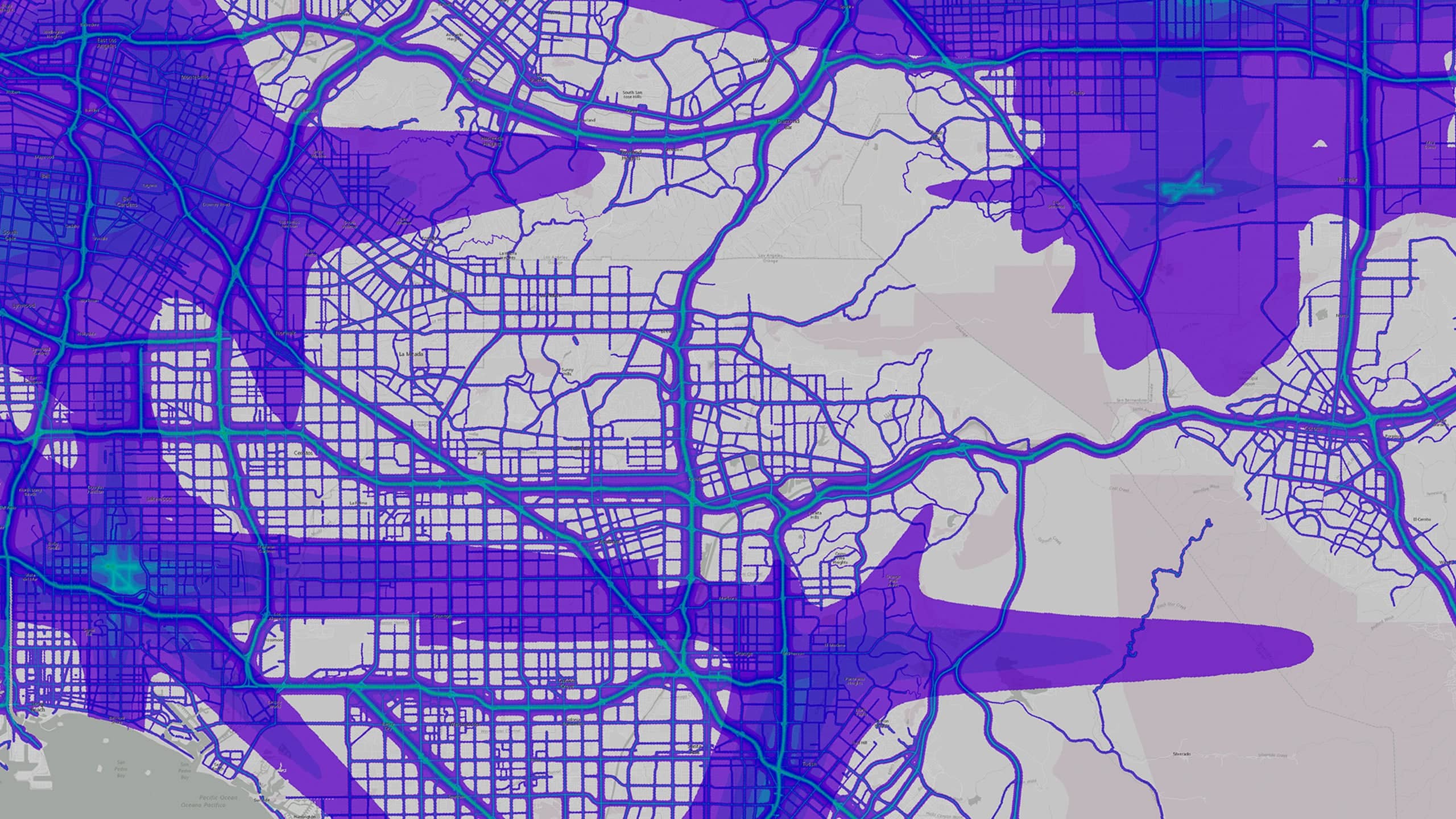By now, the Internet of Things—the interconnection of billions of devices—is familiar to executives, and the subject of what needs to be connected is well worn. Less understood—but no less important—is the power of location. With a firm grasp of where IoT-connected assets are, an executive can turn location intelligence into better business decisions.
Most location information includes the dimension of time. This allows executives to analyze patterns, view real-time intelligence, and predict outcomes.

In the following animations, we’ll examine how companies in a range of industries are leveraging the where, when, and what of the IoT to boost profits, raise revenue, and enhance customer satisfaction.
Customer Analytics
With Amazon drones testing package drop-offs and most e-commerce companies moving toward same-day delivery, traditional retailers face mounting pressure to deliver to customer expectations.
For years, online retailers have had an edge when it comes to measuring consumer preferences. Websites closely track how visitors navigate online shopping experiences, and e-commerce companies use that knowledge to improve margins and customer satisfaction. That might mean adjusting airfares on a site in real time, recommending similar products for a shopping cart, or allowing one-click purchases.
Brick-and-mortar retailers fell behind with such optimization because they lacked good data on where customers spent time in their stores. Now, through IoT and location technology, that’s changing.
Let’s look at how one retailer has leveraged location in the Internet of Things.
Operational & Predictive Intelligence
In asset-intensive industries, new technologies can deliver vital efficiencies. Let’s explore how one utility company improved its operational efficiency in real time with the location intelligence of a geographic information system, or GIS, and the connection of IoT.
New Forms of Service Revenue
Today, a progressive group of companies is bucking the stereotype of manufacturers as technology laggards. These leaders are using spatial intelligence and the Internet of Things to gain benefits beyond operational efficiency and customer satisfaction.
One example is a manufacturer of airplane engines. For decades, its business model was straightforward: Sell the engine for a fixed price and compete for maintenance contracts for lifetime service and parts. Today, the company is experimenting with new forms of revenue—none of which would be possible without understanding the “where” of the Internet of Things. Let’s look at another example.
Mining the New Data
At the intersection of the Internet of Things and location, executives have found hidden reserves of business intelligence. The scenarios above are merely a sampling; the possibilities are as vast as the IoT itself.
As you develop your plan for the Internet of Things, it’s essential to know how your business can profit from the “where” of IoT.
For more insight on digital transformation, click here.
The Esri Brief
Trending insights from WhereNext and other leading publicationsTrending articles

December 5, 2024 |

July 25, 2023 |

November 12, 2018 |

February 1, 2022 |

July 29, 2025 |

July 14, 2025 |





